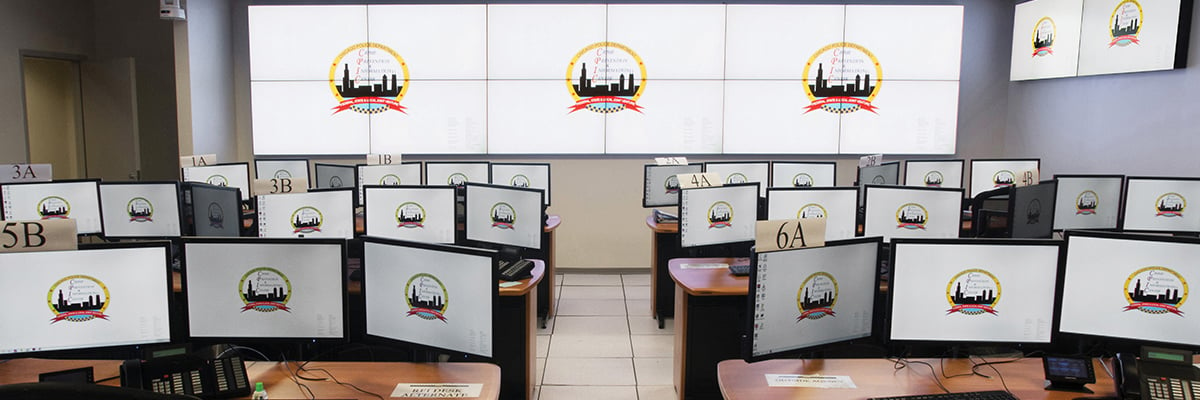The Chicago Police Department's Crime Prevention and Information Center (CPIC) system had to handle multiple officers and sources. Learn how Q-SYS was implemented to provide audio and control to provide real-time information to support officers in the field.





